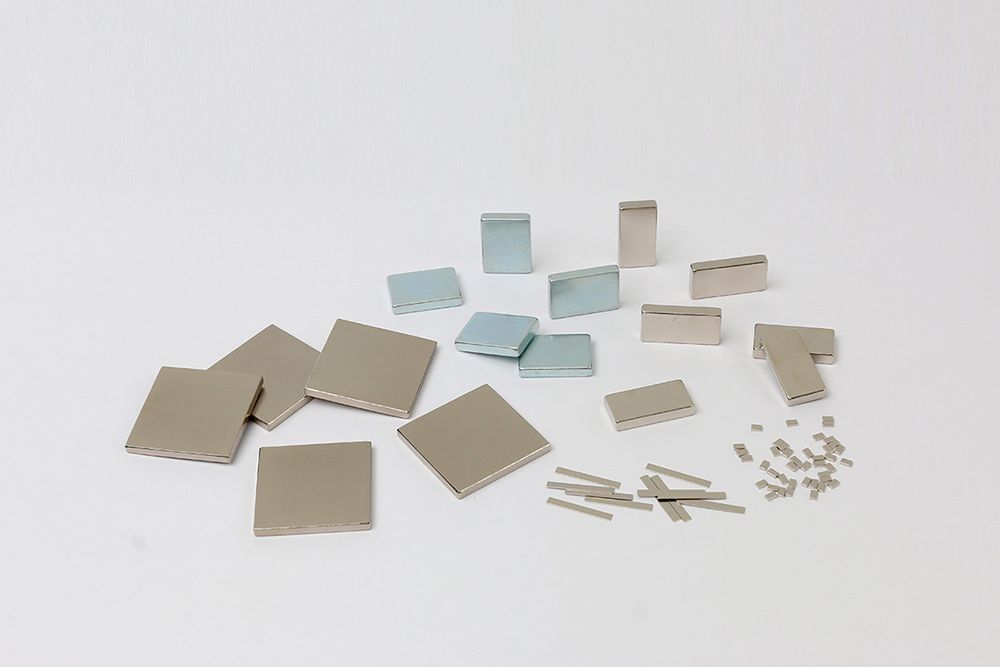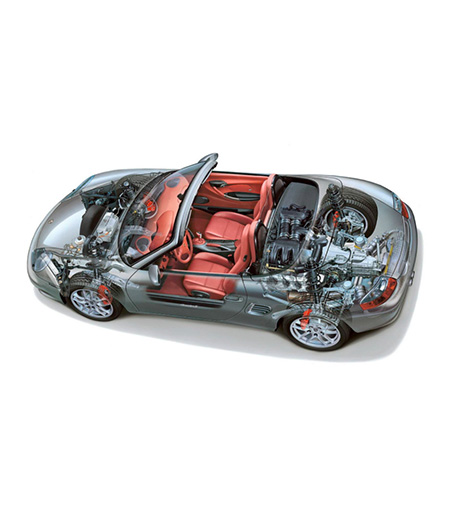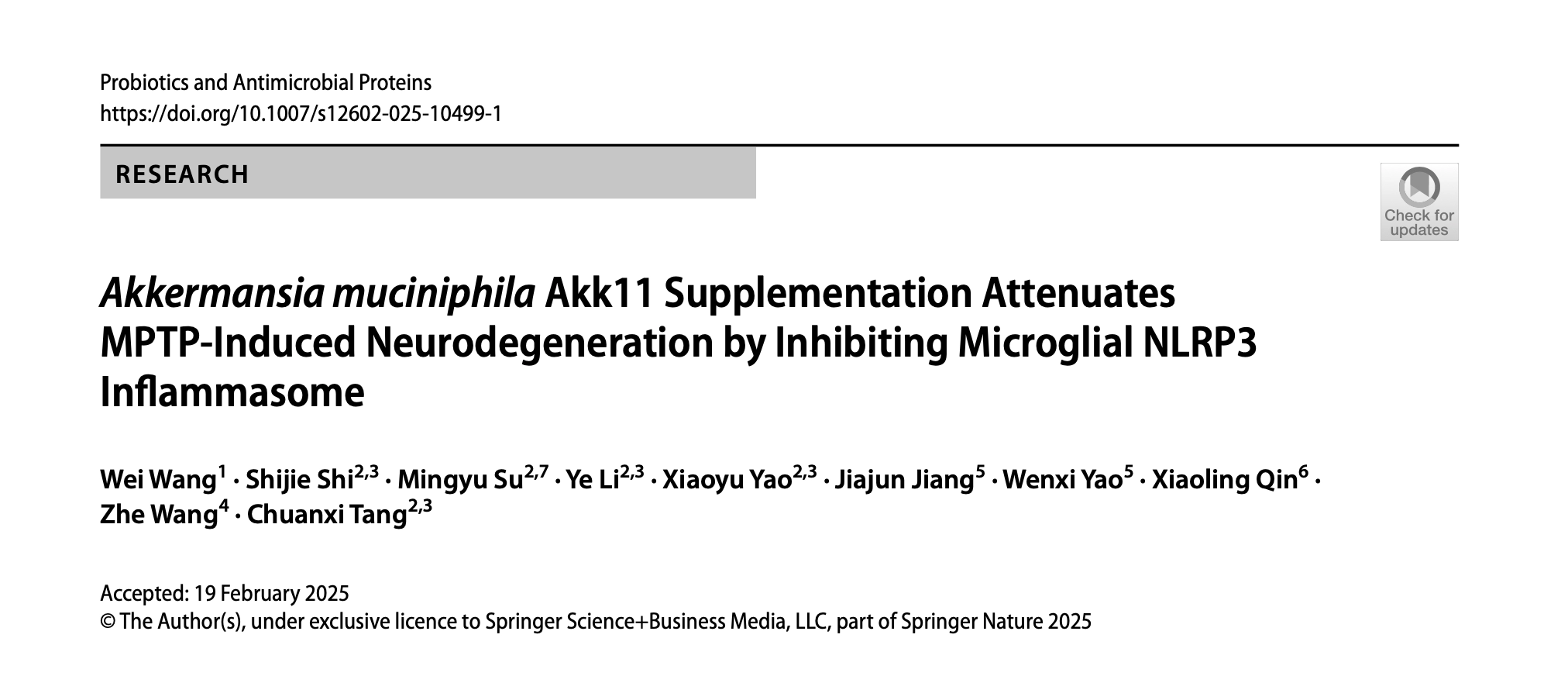https://www.jjmagnet.net/NdFeB-Permanent-Magnets-Manufacturing-Processes-and-Applications.html
As a leading manufacturer in the field of NdFeB permanent magnet, Ningbo Jinji Strong Magnetic Material Co., Ltd. has been at the forefront of innovation and quality production.
NdFeB permanent magnets play a crucial role in numerous modern industries due to their excellent magnetic properties.

I. Manufacturing Processes of NdFeB Permanent Magnets
1. Sintering Process
The sintering process of NdFeB permanent magnets is based on powder metallurgy. First, the raw materials need to be carefully prepared. High - purity neodymium (Nd), iron (Fe), and boron (B) are essential components. Then, the raw materials are melted together. After that, a process called hydrogen decrepitation (HD) is carried out. This process helps to break the as - cast alloy into fine powders. Next, the powders are pressed into the desired shape. Sintering is a key step, which is usually carried out at a high temperature. After sintering, a tempering process is necessary to improve the magnetic properties. Finally, mechanical processing and surface treatment are performed to meet the specific requirements of different applications. Sintered NdFeB magnets are widely used in various fields such as electronic information, new energy, automobiles, and medical treatment because of their high energy density and high coercivity.
2. Bonding Process
In the bonding process, magnetic powders are mixed with a binder. This mixture can be formed into the desired shape through injection molding or compression molding. Although the bonding - type NdFeB magnets have good plasticity and corrosion resistance, their magnetic performance is relatively lower compared to sintered NdFeB magnets. This type of magnet is suitable for applications where complex shapes are required and high magnetic performance is not the top priority.
3. Hot Pressing/Hot Deformation Process
The hot pressing/hot deformation process involves applying high temperature and pressure to form the magnetic powders. An advantage of this process is that it can achieve high magnetic performance without using heavy rare - earth elements, which brings cost advantages. This makes it an attractive option for manufacturers who are looking to balance cost and performance.
II. Applications in Different Industries
1. Electronic Information Industry
In the electronic information industry, NdFeB permanent magnets are used in devices such as hard disk drives, speakers, and mobile phones. For example, in hard disk drives, the strong magnetic field generated by NdFeB magnets is used to read and write data on the disk. In speakers, they help to convert electrical signals into sound waves.
2. New Energy Industry
In the new energy industry, NdFeB magnets are widely used in generators for wind turbines and motors for electric vehicles. In wind turbines, the high - efficiency generators with NdFeB magnets can convert wind energy into electrical energy more effectively. In electric vehicles, the motors with NdFeB magnets can provide high - torque output, which is crucial for the vehicle's performance.
3. Automobile Industry
In addition to electric vehicles, NdFeB magnets are also used in traditional automobiles. For example, they are used in various sensors and actuators in the vehicle, such as ABS sensors and fuel injection systems.

4. Medical Industry
In the medical industry, NdFeB magnets are used in magnetic resonance imaging (MRI) devices. The strong and stable magnetic field generated by NdFeB magnets is essential for obtaining clear and accurate images of the human body.
https://www.jjmagnet.net/Products-Show.html
https://www.jjmagnet.net/NdFeB-Permanent-Magnets-Manufacturing-Processes-and-Applications.html
Ningbo Jinji Strong Magnetic Material Co., Ltd.
